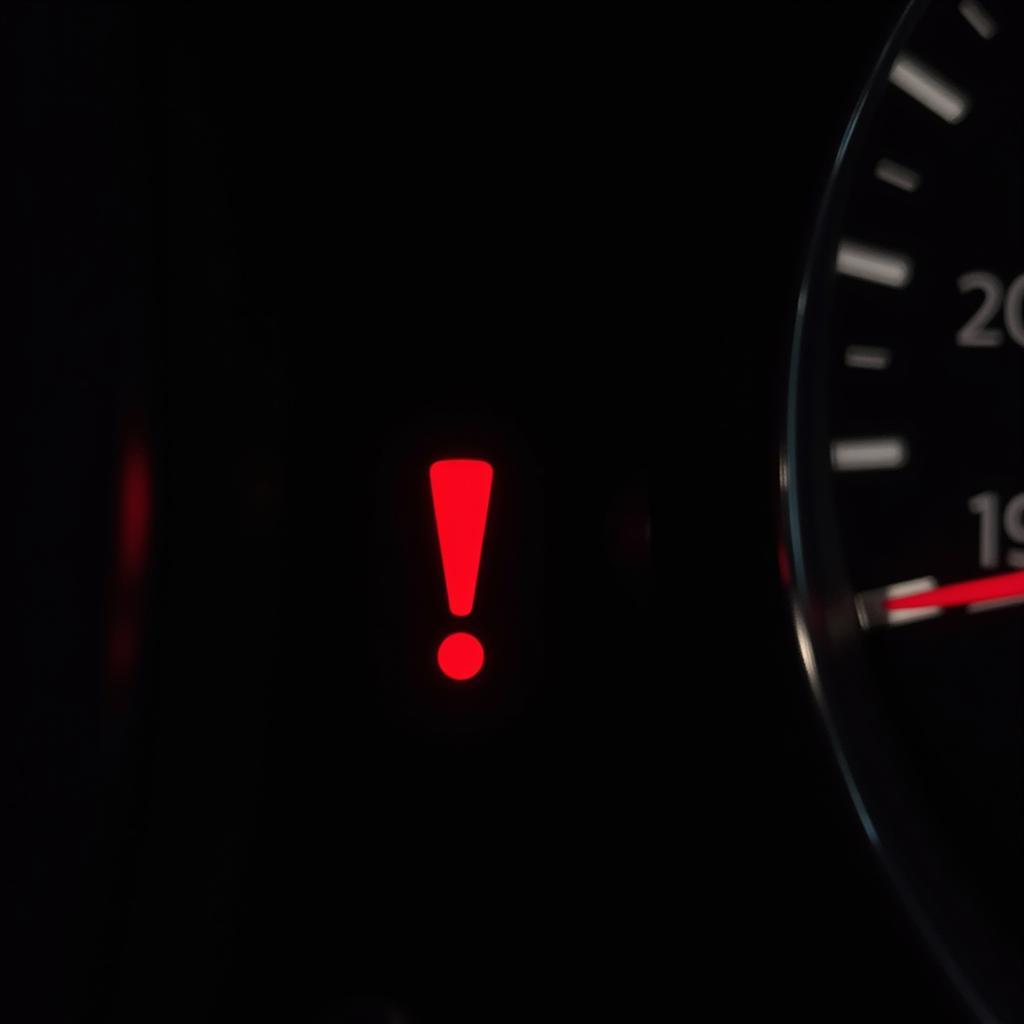Experiencing a My Car Gear Shifting Problem can be frustrating and concerning. Whether it’s difficulty shifting, grinding gears, or slipping out of gear, understanding the potential causes and solutions can save you time, money, and stress. This guide provides a comprehensive overview of common gear shifting problems, their causes, and how to address them, offering valuable insights for car owners, mechanics, and automotive technicians.
Understanding the Different Types of Gear Shifting Problems
Gear shifting problems manifest in various ways, each indicating a different underlying issue. Identifying the specific symptoms is the first step towards accurate diagnosis and effective repair. Common problems include:
- Difficulty shifting: This can range from a slight resistance to being completely unable to move the gear stick into the desired position. This is often accompanied by a grinding noise.
- Grinding gears: This harsh metallic sound occurs when gears are forced together without proper synchronization. This often indicates a problem with the clutch or synchronizers.
- Slipping out of gear: This happens when the transmission jumps out of the selected gear, usually during acceleration or deceleration. This can be dangerous and requires immediate attention.
- Clutch pedal issues: A spongy, stiff, or sticky clutch pedal can also contribute to gear shifting problems. If your car has transmission problems from flooring car, this could also be related to your gear shifting issues.
What Causes My Car Gear Shifting Problem?
Several factors can contribute to gear shifting issues. These range from simple maintenance oversights to more complex mechanical failures. Some common culprits include:
- Low transmission fluid: Adequate transmission fluid is essential for proper lubrication and smooth gear changes. Low fluid levels can cause friction, overheating, and difficulty shifting.
- Worn clutch components: A worn clutch disc, pressure plate, or throw-out bearing can prevent the smooth disengagement of the engine from the transmission, leading to grinding gears or difficulty shifting.
- Damaged synchronizers: Synchronizers ensure smooth gear engagement. Worn or damaged synchronizers can cause grinding gears or prevent shifting altogether.
- Shift linkage problems: The shift linkage connects the gear stick to the transmission. Worn or damaged linkage components can make it difficult or impossible to select the desired gear.
- Internal transmission damage: In some cases, internal damage to the transmission itself, such as worn gears or bearings, can cause gear shifting problems.
Diagnosing and Fixing Your Gear Shifting Problem
Diagnosing the exact cause of your gear shifting problem requires a systematic approach. Start by checking the transmission fluid level and condition. If the fluid is low or dirty, topping it off or changing it may resolve the issue. For more complex problems, a professional mechanic should be consulted. They will likely perform a thorough inspection of the clutch system, shift linkage, and transmission to pinpoint the source of the problem. Sometimes seemingly unrelated problems, like the ones detailed in our article about Infiniti G35 car problems, can actually contribute to your gear shift issues.
What to Do If My Car Won’t Go Into Gear?
If your car refuses to go into gear, it’s crucial to avoid forcing the shifter. This can worsen the problem and cause further damage. Instead, try gently rocking the car back and forth while attempting to engage the gear. If this doesn’t work, call a tow truck and have your car transported to a qualified mechanic.
“Regular maintenance is key to preventing gear shifting problems. Ensure your transmission fluid is changed according to the manufacturer’s recommendations,” advises John Smith, a seasoned automotive technician at Auto Experts.
Preventing Gear Shifting Problems
Preventing gear shifting problems is often easier and less expensive than fixing them. Here are some preventive measures:
- Regular transmission fluid changes: Follow the manufacturer’s recommended intervals for transmission fluid changes.
- Smooth shifting practices: Avoid forcing the gear stick or rushing shifts.
- Proper clutch operation: Engage and disengage the clutch smoothly to minimize wear on the clutch components.
- Address clutch pedal issues promptly: If you notice any changes in clutch pedal feel, have it inspected by a mechanic. Some cars have inherent issues that can worsen over time. For example, some cars with most problems 2014 may have pre-existing conditions that impact the transmission.
“Addressing clutch issues early can prevent more significant transmission problems down the road,” notes Jane Doe, a lead mechanic at Precision Auto Repair. Even seemingly unrelated issues, such as those found in Mercedes CLK320 car problems, can indirectly affect your gear shifting over time. Similarly, understanding your rights regarding mechanical problems on a new leased car can help you avoid unnecessary expenses related to gear shift issues.
Conclusion
Addressing a my car gear shifting problem promptly can save you time and money. By understanding the common causes and solutions, you can take the necessary steps to ensure smooth and reliable gear changes. Don’t hesitate to contact us at AutoTipPro for further assistance. Our phone number is +1 (641) 206-8880 and our office is located at 500 N St Mary’s St, San Antonio, TX 78205, United States.






Leave a Reply